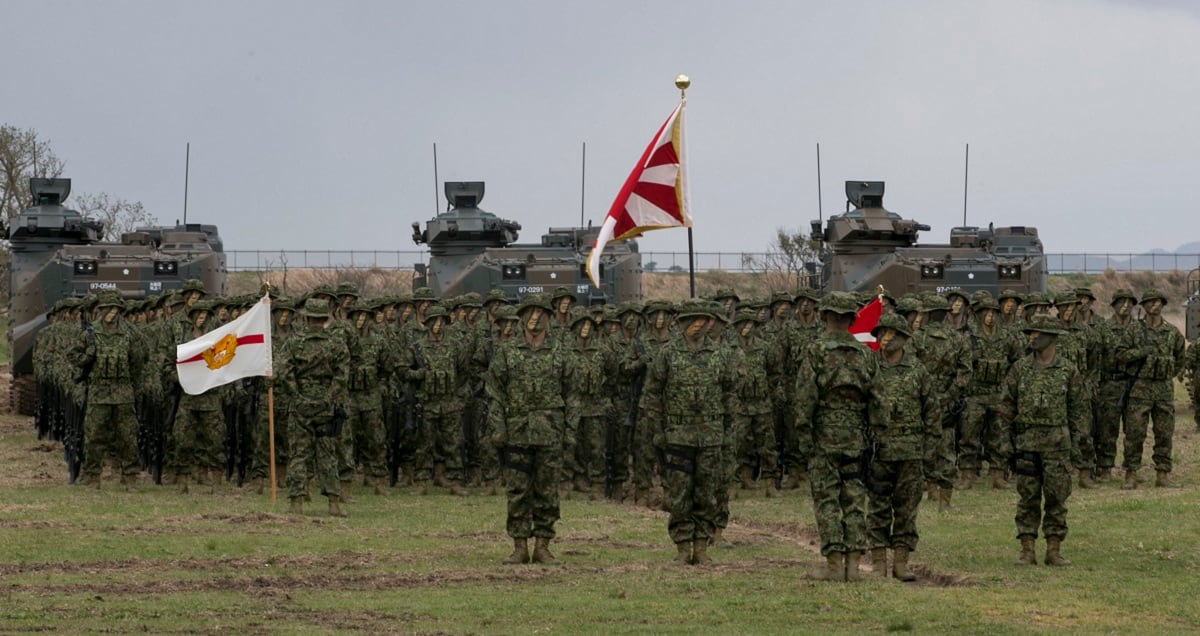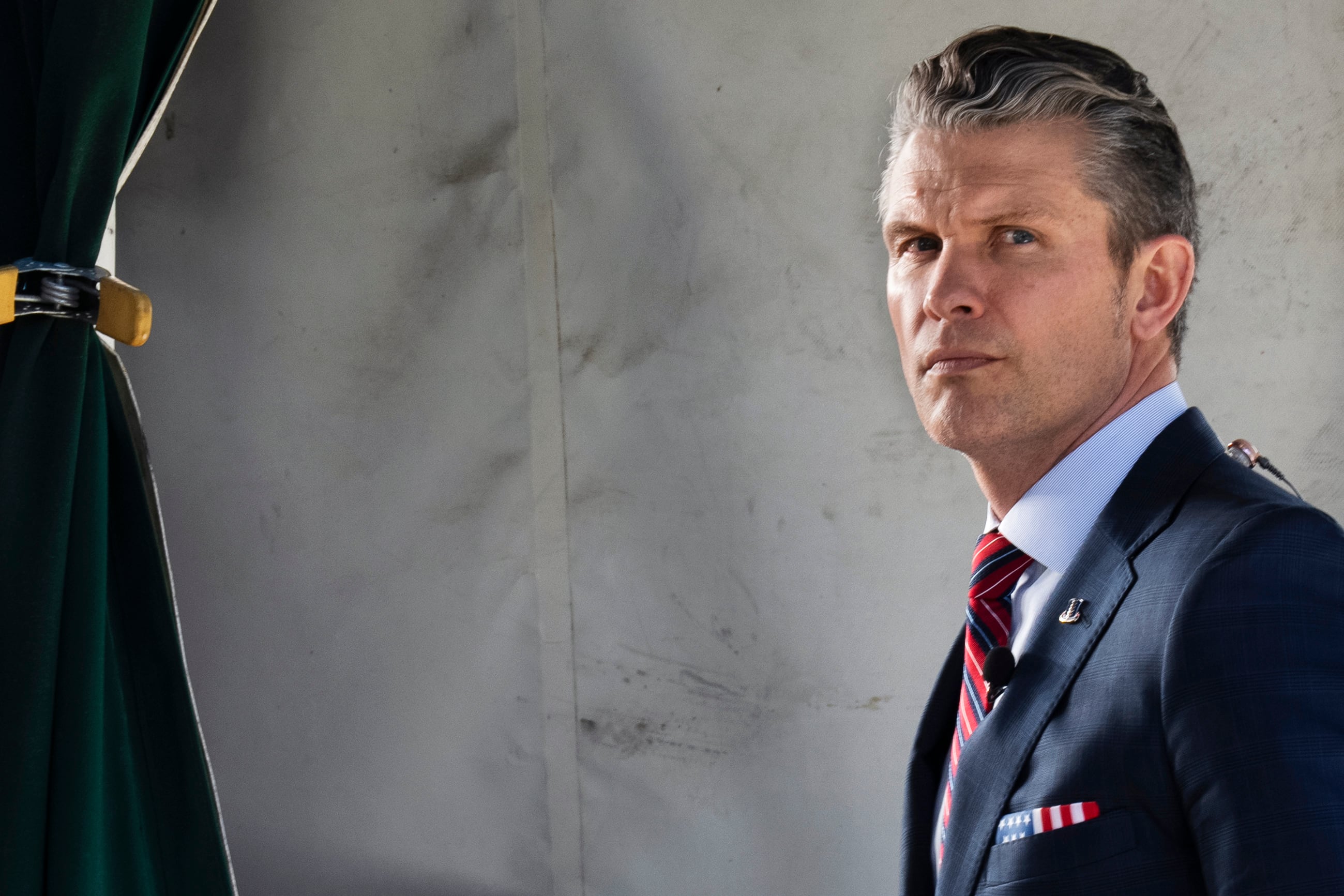If you’ve been seeing Japanese tilt-rotor V-22 Ospreys flying over the skies of North Carolina you haven’t gone crazy.
In May, the Corps kicked off a one year training plan to help Japanese Ground Self-Defense Forces gain proficiency with the V-22 Osprey, according to Marine officials.
The training at the North Carolina based New River air station, which started in May, will involve 20-50 Japanese students “at any given moment,” and will span until May 2020, according to 1st Lt. Michael Curtis, a spokesman with 2nd Marine Aircraft Wing.
And Japanese forces brought their new V-22 Block C variant to the training evolution. The "C" variant of the Osprey includes an upgraded weather radar and enhanced displays in the cockpit, among other upgrades.
Curtis said the Japanese Block C V-22 “has a unique configuration, including the incorporation of Japan specific communication systems.”
In May 2015, the State Department announced it had approved the sale of potentially 17 Block C V-22s to Japan valued at nearly $3 billion dollars, according to a release from Defense Security Cooperation Agency.
America’s alliance with Japanese forces is key to how it will confront a rising China in the Pacific. And the Corps’ partnership with Japanese Ground Self-Defense Forces goes back years.
In April 2018, Marines with the 31st Marine Expeditionary Unit were on hand at Camp Ainoura, Japan, for the activation of Japan’s first amphibious marine unit since World War II, known as the Japanese Amphibious Rapid Deployment Brigade.
RELATED

V-22 Ospreys with Japanese forces and U.S. Marines will aid in distributing forces over long distances and will boost the capabilities of humanitarian missions.
Curtis said that Japanese V-22 crew chiefs and pilots began initial training at Marine Medium Tiltrotor Training Squadron 204 or, VMMT-204, in 2016.
VMMT-204 is headquartered at the New River air station.
For the current year long training plan, Curtis said “Japanese pilots and crew chiefs will conduct refresher training on basic individual training events, and Japanese aircrew will complete intermediate individual training events.”
“The training is ongoing and as the only Marine Osprey training squadron in the world, the training occurring with VMMT-204 is one of a kind,” Curtis said.
Shawn Snow is the senior reporter for Marine Corps Times and a Marine Corps veteran.





